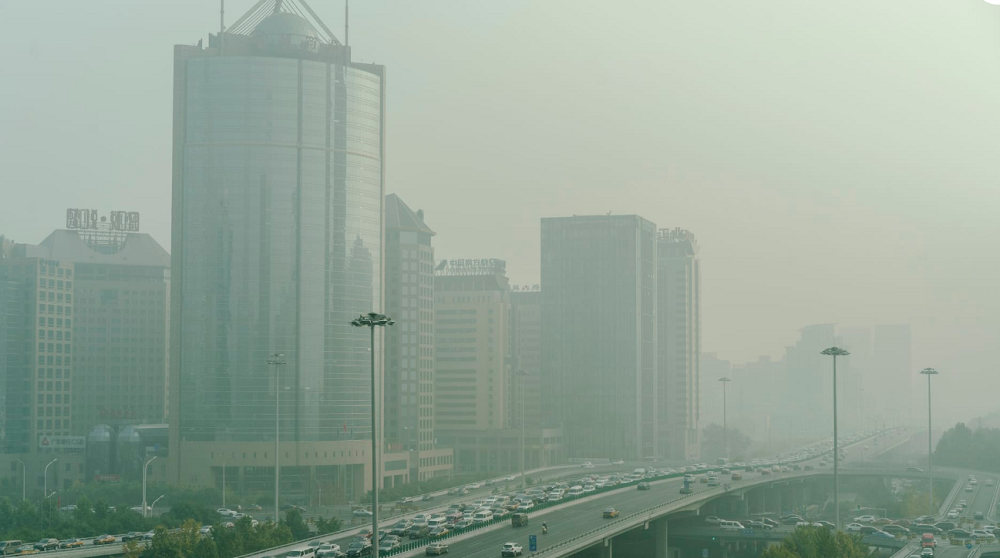China’s air pollution and coronavirus impact on its economy
February 24, 2020 @ 10:11 +03:00
All eyes are on China’s progress in getting its factories to crank up again, after the country extended this year’s Lunar New Year holiday and shut down major growth regions in a bid to contain the coronavirus outbreak. Many of its provinces started gradually limping back to some form of production last week, about two weeks later than previous years.
Chinese state media also reported Tuesday that more than 80% of its central state-owned companies’ roughly 20,000 manufacturing subsidiaries have resumed work. Analysts are using pollution levels as a gauge of industrial activity. Major cities in China are well known for being choked by smog, due to the extensive burning of coal by factories.
So far this year, pollution levels have been between 20% and 25% lower compared to the same period last year, Tapas Strickland of National Australia Bank (NAB) said in a note earlier last week, suggesting there was a substantial decline in industrial activity in the first quarter. Referring to the official update that more than 80% of China’s 20,000 manufacturing subsidies have resumed work, Rodrigo Catril, senior foreign exchange strategist at NAB, cast doubt on the actual progress.
On Feb. 20 (Thursday), daily coal consumption of six major power plants was 42.5% less than the same time last year, according to Nomura, which has been tracking such metrics daily. Other metrics — such as traffic congestion and passenger numbers — could also shed some clues on the full picture of China’s return to work.
“The Baidu migration index suggests that only 37% and 33% of people that left tier-1 and key tier-2 cities for LNY have returned (vs. 100% at this point last year),” Morgan Stanley analysts wrote last week. large According to Nomura, the worker return rate for 15 cities was 25.6% as of Feb. 19, only around a quarter of what was recorded a year ago.
However, Oxford Economics pointed out in a note on Thursday that such gauges do not completely reflect the full back-to-work progress, as they don’t take into account the practice of working from home amid the virus crisis. “Pollution and traffic volume statistics provide one guide to the speed at which China is returning to business as usual,” the advisory firm said. “But they’re imprecise indicators of activity growth and will fail to fully capture shifts in spending and activity (e.g., greater online spending and remote working),” it said, adding that the first gauge will “come from the business surveys of sentiment.”
China’s recent air pollution levels may be telling a story about the coronavirus impact on its economy, CNBC, Feb 24








